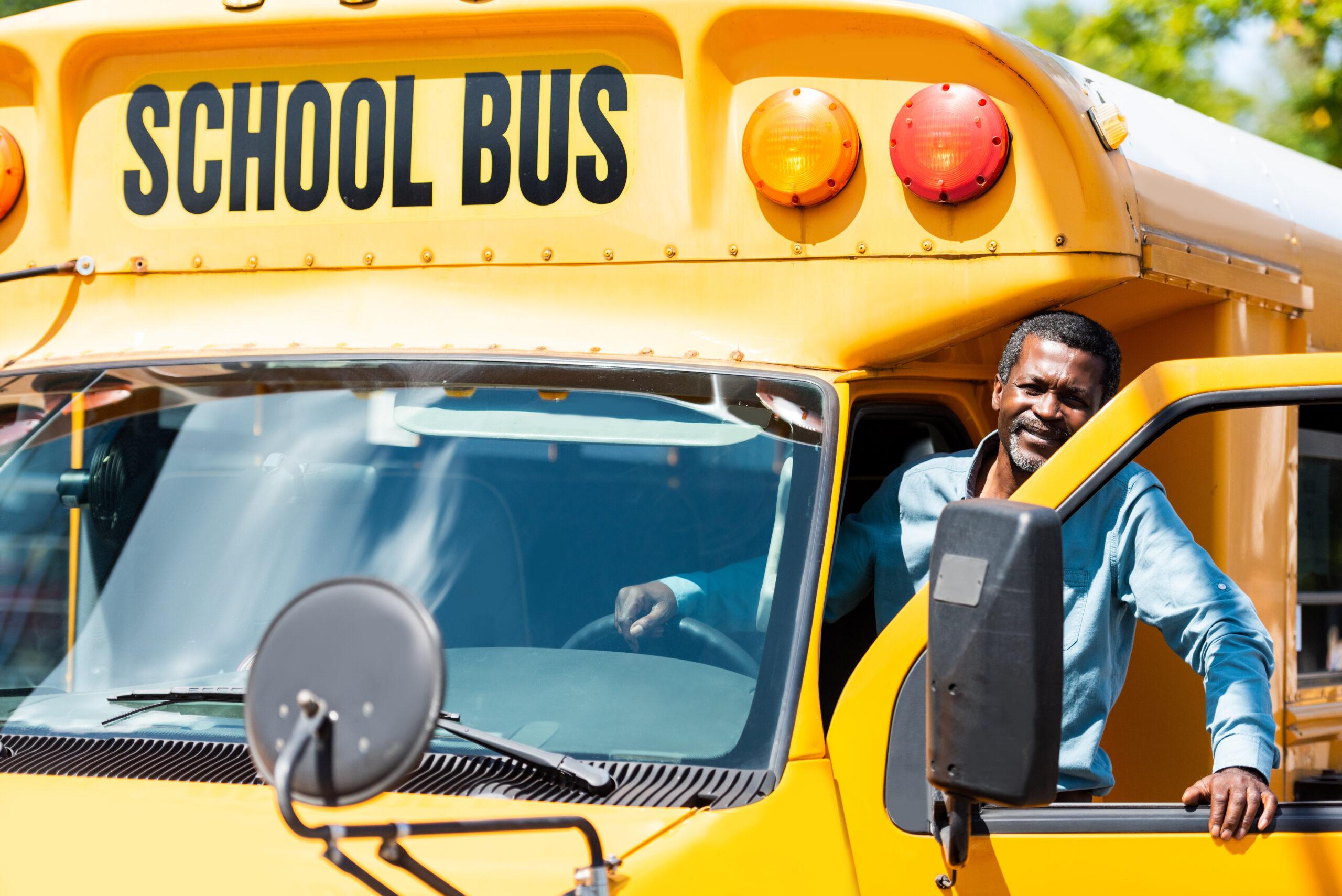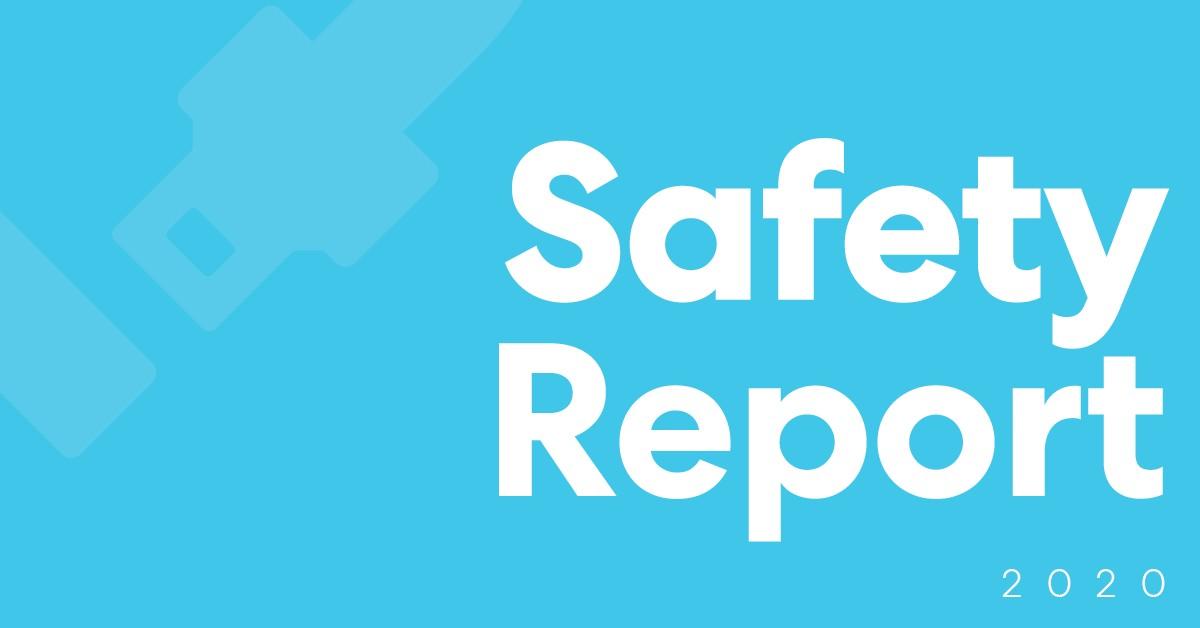Bus Driver Shortage to Get Worse in a Post-COVID World
Reopening schools, even as more and more Americans receive COVID-19 vaccines, will be a challenge. Transporting students, too, will be equally difficult. After all, there’s a major shortage of bus drivers across the country.
Pre-pandemic, the National Association of Pupil Transportation conducted a survey of school transportation professionals. 87% of respondents reported that the bus driver shortage was a major problem. 70% said it was only getting worse. According to a School Bus Fleet survey, 91% of districts report issues with bus staffing.
The concerning bus driver shortage has not resolved. In fact, COVID-19 has likely exacerbated the problem. Here’s a look into why the pandemic has made finding enough bus drivers so challenging.
Some bus drivers will not return when schools reopen
Bus drivers may not want to return to their bus routes when schools reopen this spring. Many bus drivers are over 65 years of age or have pre-existing conditions. They know they’re at high risk for complications from COVID-19.
One transportation executive who responded to HopSkipDrive’s 2021 State of School Transportation survey agreed.
“We employ highly susceptible staff,” she said. “Fear is real for them.”
Another transportation executive agreed. “We’ve already lost one driver over concerns about COVID. Most of our drivers are retirement age,” the anonymous respondent said.
Other drivers have transitioned to jobs with private companies after a year of being furloughed or unemployed.
Social distancing protocols necessitate more bus routes
The CDC has issued strict social distancing guidelines for students riding buses to and from school. These protocols help eliminate confusion while reducing the risk of COVID-19 transmission on buses.
The guidelines call for seating one student per bench, skipping rows between them. This means school buses will operate at around 50% capacity.
This School Transportation News poll indicates that nearly 85% of respondents anticipate needing additional school bus drivers for increased routes due to COVID-19 physical distancing. According to this CBS Pittsburgh segment, some school districts in the Pittsburgh area are operating up to 400 bus runs short.
When HopSkipDrive surveyed transportation professionals about the pandemic’s effect on the shortage, many respondents chimed in.
“Driver shortages are a reality every school year,” one transportation staff member said. “The added constraints due to COVID have increased this reality exponentially.”
Recruiting and training new drivers proves quite difficult
As bus drivers resign or retire, transportation directors struggle to recruit new employees to fill the open jobs. While hiring bonuses do incentivize some recruits, many would-be drivers look for private sector jobs with longer hours and less exposure.
One director of transportation agreed.
“It’s hard to find individuals that would like to drive a school bus. Only being able to offer a contract for five hours a day is a major factor,” she said.
Plus, rigorous training drives even more applicants away. Testing takes at least 12 weeks. It can be daunting for potential drivers, particularly if training is unpaid and may result in a job without benefits or generous pay.
“It takes too long to train bus drivers, and they receive too little pay,” an anonymous transportation executive who participated in HopSkipDrive’s annual survey said.
Fortunately, some school bus companies are utilizing new tactics to improve hiring. In addition to signing bonuses Danielle Girardat-Myers—who oversees 300 school bus companies—says school bus companies are now fronting the money for classes, training costs, medical examinations and more. She estimates an initial investment of $2,500 to $3,000 in a driver.
Staffing substitute bus drivers a tall order, too
COVID-19 has taught us that when we’re not feeling well, it’s essential to stay home. Before COVID, non-driver school transportation staff would often have to drive bus routes when bus drivers called in sick.
When HopSkipDrive surveyed school transportation professionals, many of them listed a lack of substitute bus drivers as a major pain point.
In one incredible story, a school principal drove the school bus when he faced a transportation staff shortage due to COVID-19. But one heroic anecdote is not a sustainable solution. Schools need safe, reliable substitute bus drivers to fill in when regular drivers need to stay home.
If the school bus driver shortage continues, many districts will need to find alternative ways to transport their students to and from school.


